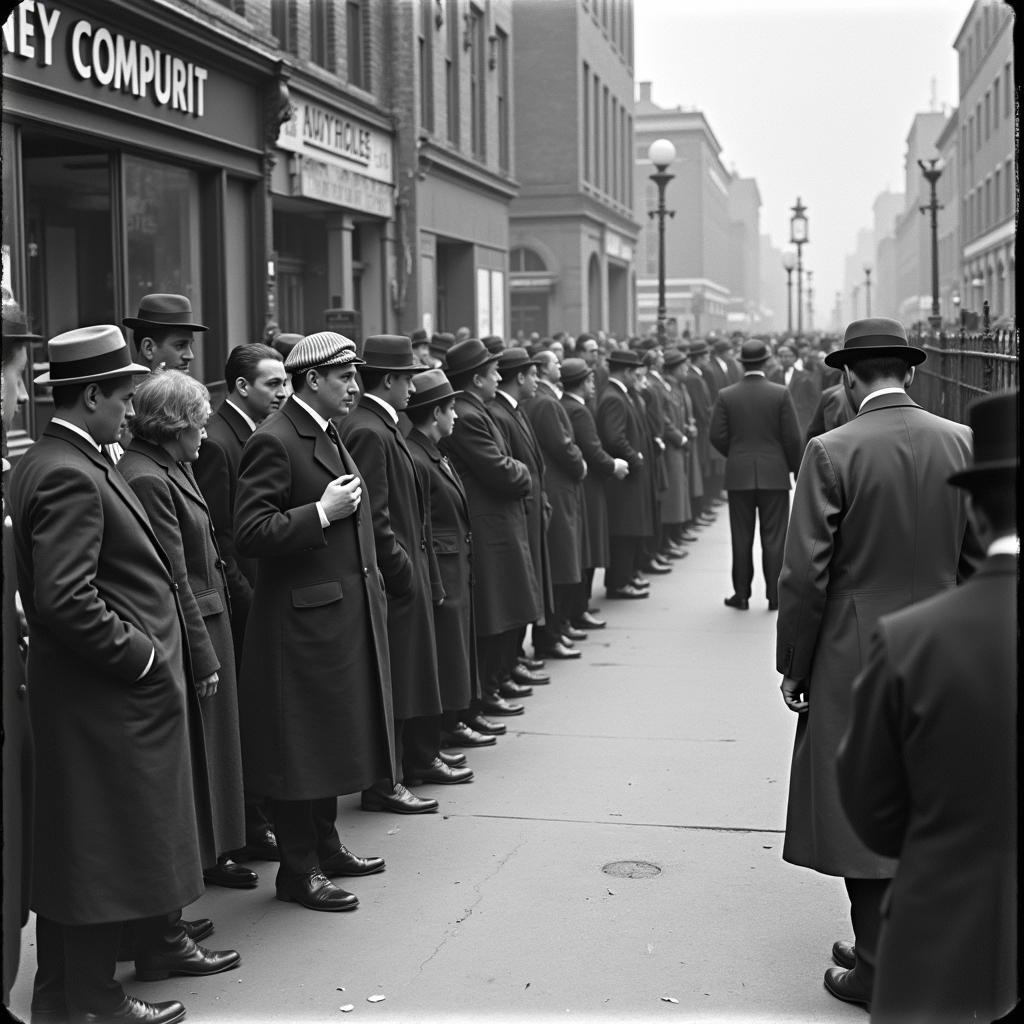The Roaring Twenties, a period marked by both jubilance and upheaval, witnessed a fascinating dichotomy of positive and negative changes in society. Following the devastation of World War I, the 1920s ushered in an era of unprecedented economic prosperity, technological advancement, and cultural dynamism. Yet, beneath the shimmering surface of jazz music and flapper dresses, simmered tensions brought about by rapid modernization, social inequalities, and political shifts.
A Time of Progress: Positive Changes in the 1920s
The 1920s witnessed a surge in technological advancements that dramatically reshaped daily life. The widespread adoption of automobiles, telephones, and radios shrank distances, facilitated communication, and exposed people to new ideas and perspectives.
This era also saw the rise of mass production, which made consumer goods more affordable and accessible. Refrigerators, washing machines, and other household appliances became commonplace, easing domestic burdens and freeing up time for leisure activities.
The 1920s also witnessed significant strides in women’s rights. Having gained the right to vote in many countries, women began to challenge traditional gender roles, embracing new freedoms in education, employment, and fashion.
The artistic and cultural scene flourished as well. Jazz music, with its improvisational spirit and syncopated rhythms, became the soundtrack of the era, while Art Deco architecture and design celebrated geometric patterns and modern aesthetics.
A Time of Turmoil: Negative Changes in the 1920s
Despite the undeniable progress, the 1920s also grappled with significant challenges. The rapid industrialization and urbanization led to overcrowded cities, widening income gaps, and deteriorating living conditions for many.
The rise of consumerism, fueled by easy credit and installment plans, created a culture of instant gratification and contributed to a growing sense of materialism. This emphasis on material wealth masked the struggles of those left behind by the economic boom, particularly farmers and rural communities.
 People in Breadline During the Great Depression
People in Breadline During the Great Depression
Moreover, the 1920s saw a resurgence of social and racial tensions. Immigration restrictions, fueled by xenophobia and economic anxieties, limited opportunities for newcomers. Racial discrimination and violence against African Americans remained a persistent stain on society.
The rise of totalitarian regimes in Europe, particularly Nazi Germany, cast a long shadow over the decade, foreshadowing the global conflict that would erupt in the following years.
A Decade of Complexities
The 1920s stand as a testament to the complexities of social change. It was a decade marked by both remarkable progress and unsettling anxieties, a period of great promise tempered by persistent challenges. Understanding the interplay of these positive and negative changes is crucial to grasping the full spectrum of this transformative era and its lasting impact on the course of history.